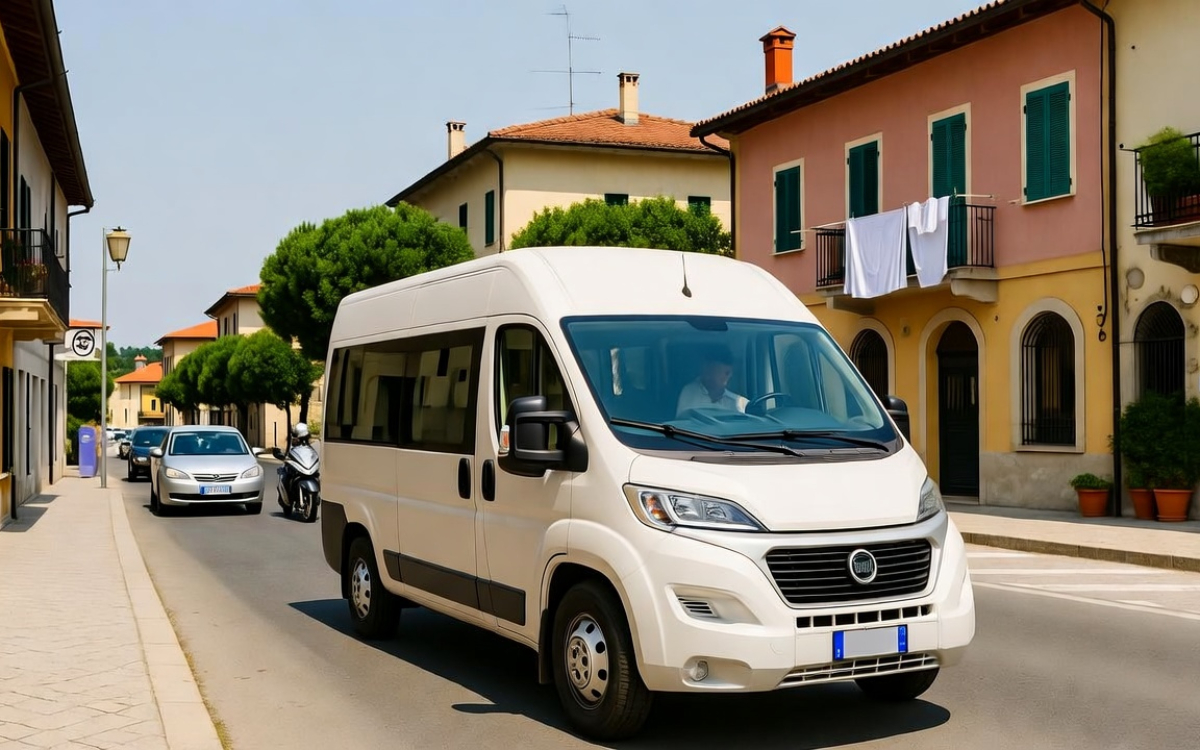


Anti-Cannibalisation Strategies: Making DRT and Fixed Routes Work Together

One of the biggest misconceptions about Demand-Responsive Transport (DRT) is that it competes with fixed-route services. In fact, when designed properly, the two can form a mutually reinforcing ecosystem that maximizes coverage while preserving efficiency and public investment.
That’s where anti-cannibalisation strategies come in. These are specific measures built into the DRT platform to prevent overlap with fixed lines and guide users toward the most suitable transport option.
Understanding the Risk
Without proper boundaries, DRT services may inadvertently draw users away from existing buses or trains—especially if those routes are slower or less direct. While this may feel like a win in the short term, it can lead to inefficiencies, underuse of public infrastructure, and conflict with transit authorities.
The key is to ensure that DRT fills gaps without duplicating what’s already available. That’s the principle behind every anti-cannibalisation mechanism built into the Shotl platform.
Key Strategies for Balance
1. Geofencing & Stop Restrictions
Operators can define service zones where DRT is active and exclude specific streets or stops covered by fixed lines. For example, routes with high-frequency bus service can be marked as “no-pickup zones” to preserve their role as the primary transit spine.
2. Time-Based Controls
DRT can be configured to operate only during off-peak hours or evenings—complementing fixed lines rather than competing with them. In some cases, it serves as a night shuttle once the main service ends.
3. OD Pair Filtering
The system can prevent bookings between origin-destination pairs that are well-served by existing routes. If a user tries to book a DRT trip between two fixed stops, the app can suggest the fixed service instead.
4. GTFS Integration
By ingesting General Transit Feed Specification (GTFS) data, the platform is aware of current routes, schedules, and stop locations. This makes DRT aware of the wider network—and capable of deferring to it when appropriate.
Smarter User Guidance
Anti-cannibalisation isn’t just about restriction—it’s also about informed decision-making. Shotl’s passenger app provides smart suggestions that help users understand when and why they should take a fixed route instead.
This helps build public trust and avoids confusion or perceived service redundancy.
Shared Goals, Not Turf Wars
Ultimately, DRT and fixed-line services share the same mission: getting people where they need to go in an efficient, affordable, and sustainable way. Anti-cannibalisation tools help align these modes strategically—not competitively.
Rather than replacing fixed routes, DRT fills the cracks, offering dynamic support in low-density zones, time windows with no coverage, or for populations that are traditionally underserved.
Conclusion
As mobility systems grow more multimodal, coordination—not competition—is the future. PTDRT shouldn’t operate in isolation in urban environments. With built-in anti-cannibalisation logic, it becomes a powerful complement to existing networks.
Ready to build a DRT system that enhances, not replaces, your public transport infrastructure? Talk to our experts.
Popular posts
28.10.19
Shotl at the FIA Start-up Challenge in Vienna
As one of the 5 shortlisted new-mobility start-ups, Shotl were in Vienna to present a new transport concept to an audience that included notable representatives from the largest Automotive Club in Europe.
Robert Gajek
30.04.25
Bus&Go Returns to Garda Trentino with Expanded Service and New Destinations
Gerard Martret
22.07.22
Shotl launches in Lake Garda, Italy
The Alto Garda tourist destinations of Riva del Garda, Nago-Torbole and Arco are now using Shotl’s SaaS solution for demand-responsive-transport (DRT).


